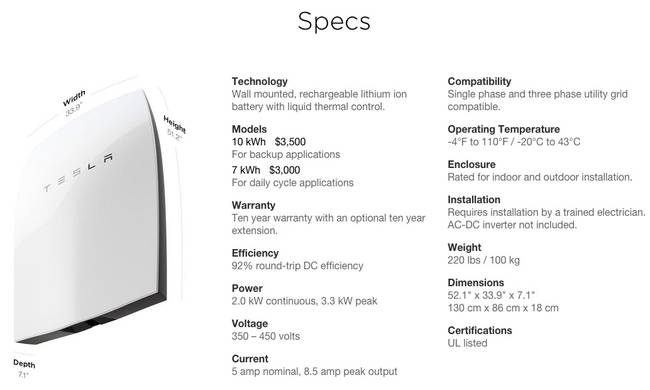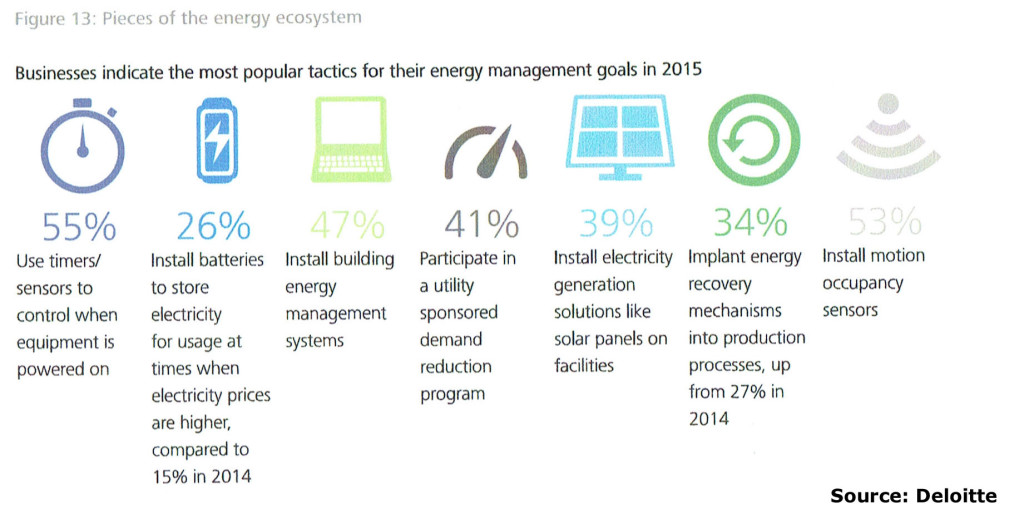What is the difference between LEDs and residential solar panels? Plenty, clearly, but for a utility executive worried about slow or no load growth they amount to exactly the same thing—trouble.
I have written extensively about the broad utility-led campaign to quash state net metering programs (see these posts here and here). In general, this effort is based on the premise that net metering unfairly benefits residential solar users (by overpaying them for their generation) and shifts costs onto non-solar customers (by forcing companies to charge them for the fixed costs no longer being paid for by the solar customers through their electricity purchases). But that premise is also true of LEDs if you think it through.
This week I decided to replace a bank of six aging incandescent lightbulbs in my home’s master bathroom with new LEDs—something homeowners are doing with increasing frequency around the country. In years past, this would have been a non-event, but with LEDs’ vastly improved efficiency and lengthy lifespan the equation has changed significantly.
I did a little back of the envelope calculating about the switch: The six bulbs I pulled out consumed 260 watts of electricity when turned on (for reasons unclear to me I had five 40W bulbs and one 60W bulb installed in the bathroom), the new ones just 66W total (and they are brighter to boot, but that is another story). So, every time I turn on the bathroom light switch I am saving 194 watts. That’s an admittedly small amount of power, but if you figure the lights are on for three hours daily that adds up to 582 watt-hours per day. That’s still not much, but over the course of a month, these six lights could save me on the order of 17.5 kilowatt-hours (30×582=17,460 watt-hours or 17.46 kwh).
Continue reading LEDs Pose Same Threat
As Solar & Net Metering
For Utility Ratemaking
 Follow
Follow
